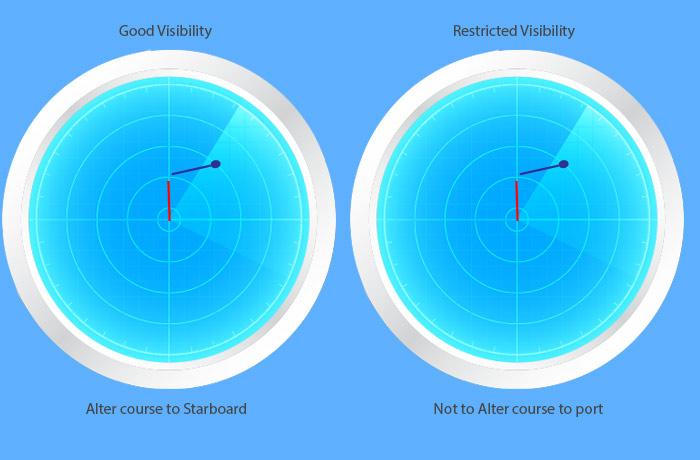As you would already know there is no range mentioned in the ROR for definition of "Restricted visbility".
As per ROR
The term ‘restricted visibility’ means any condition in which visibility is restricted by fog, mist, falling snow, heavy rain- storms, sandstorms or any other similar causes.
There are two questions
- "Why IMO did not include the range for "Restricted visibility" ?
- What visibility range we should consider for it to be "Restricted visibility"?
To understand this, can you think of a minimum range at which when you take action after detecting a target visually, the vessel will be safe ?
Let us say you thought of 3NM. For thinking of this range you might have taken into account the factors like normal ship's speed and traffic density etc.
If the visibility is less than this range, for you this will be "restricted Visibility".
But won't it be confusing when for other vessel may take the action as per rules "in sight of one another" and you take the actions as per "restricted visibility".
No it won't be. Because the rules are drafted in such a way that these do not contradict each other. For example if there is a vessel on head on situation, the action as per "Head On" rule and as per "Restricted visibility" rule will be same.
Same is the case with other rules like crossing situation.

So the IMO did not include the range for "restricted visibility" because same range cannot fit all the vessels.
The range for which we can consider the visibility as restricted is the minimum range at which you can take effective avoiding action.
You can read this blog for more clarification.
5 Confusing Terms of Ship Navigation and its Clarification





